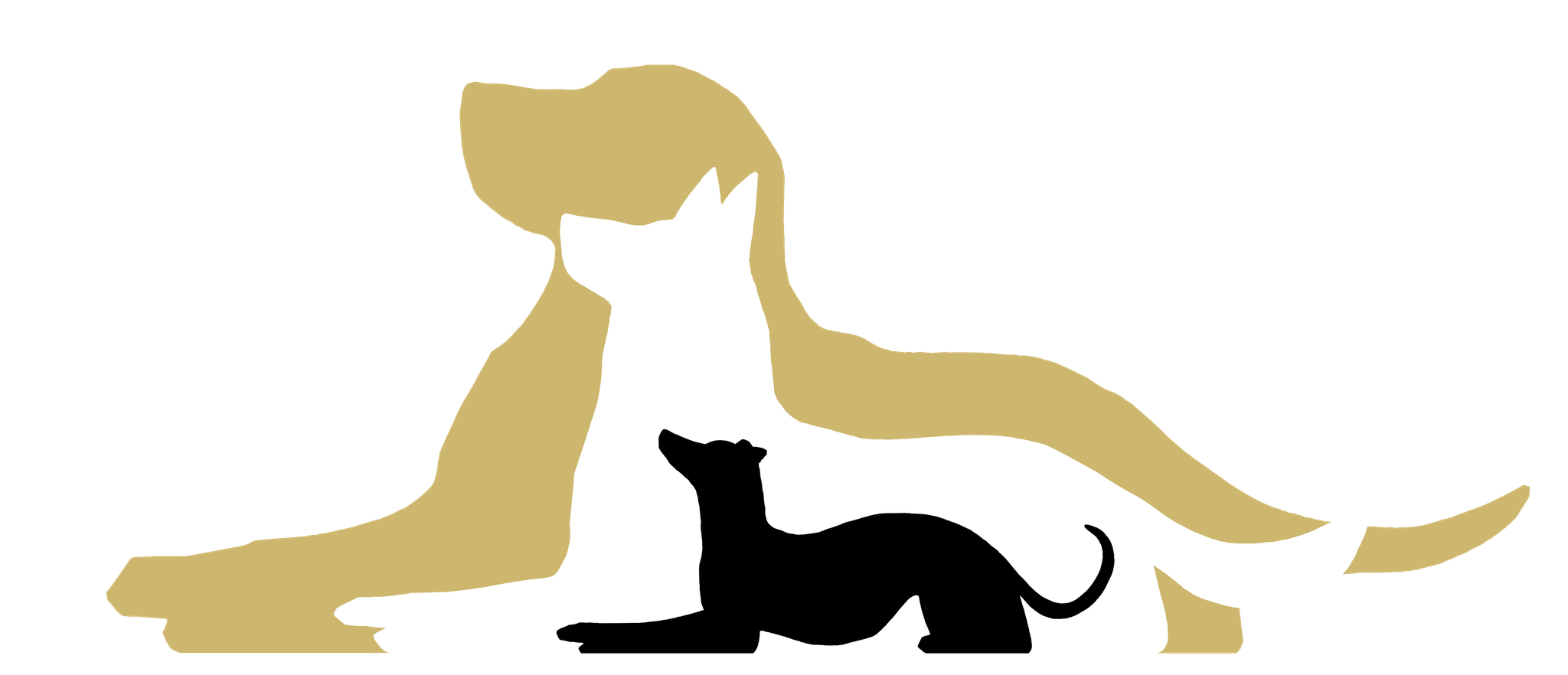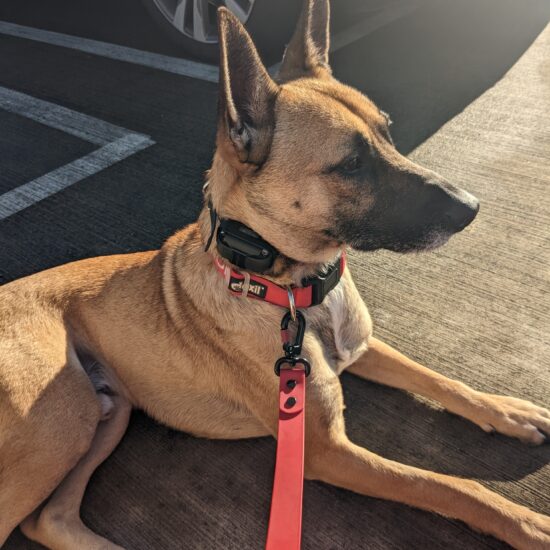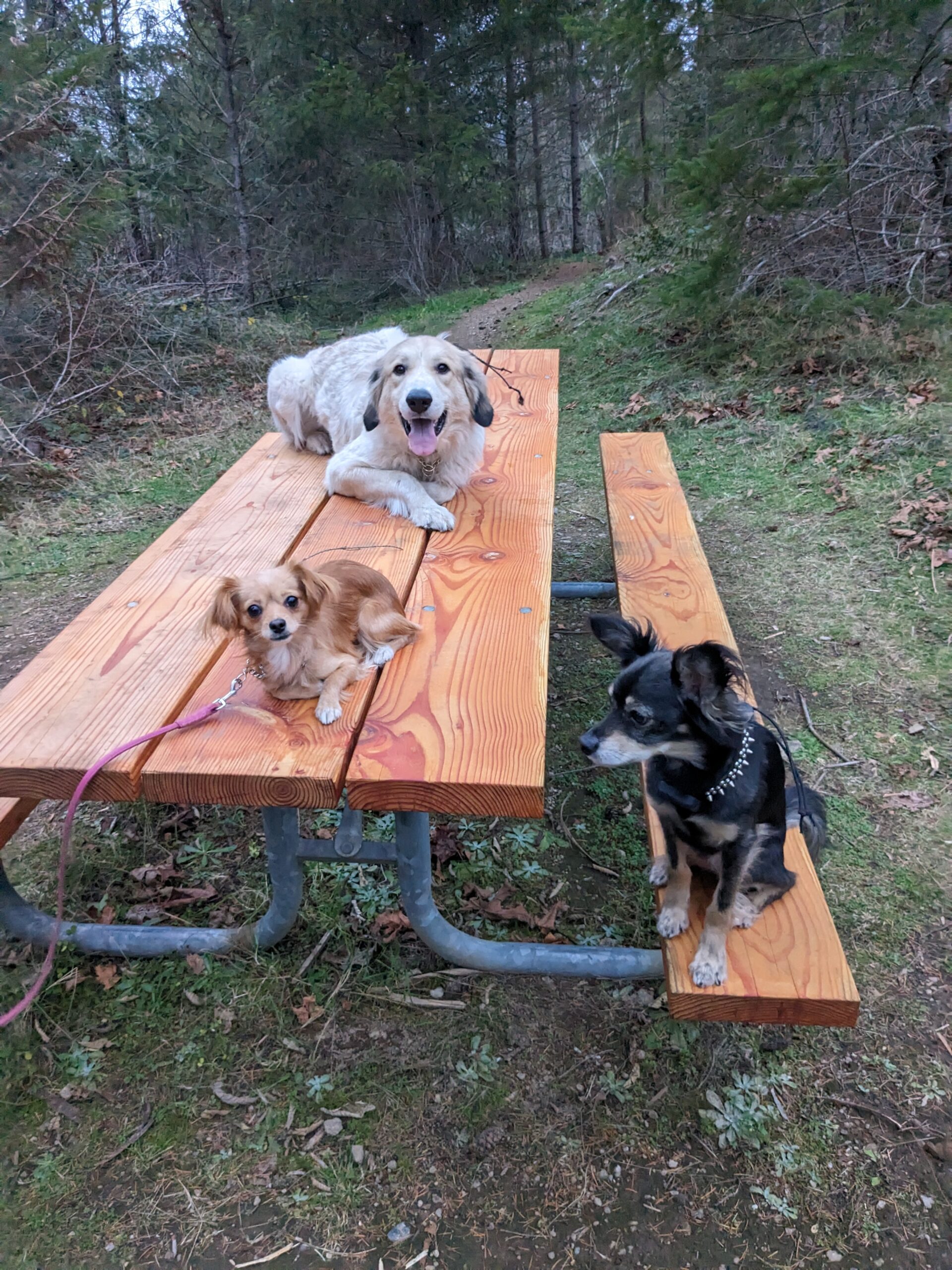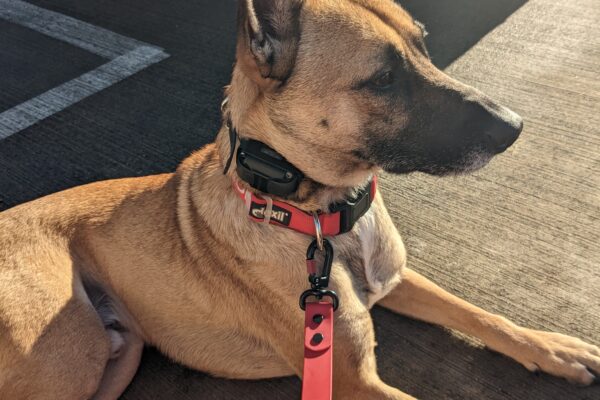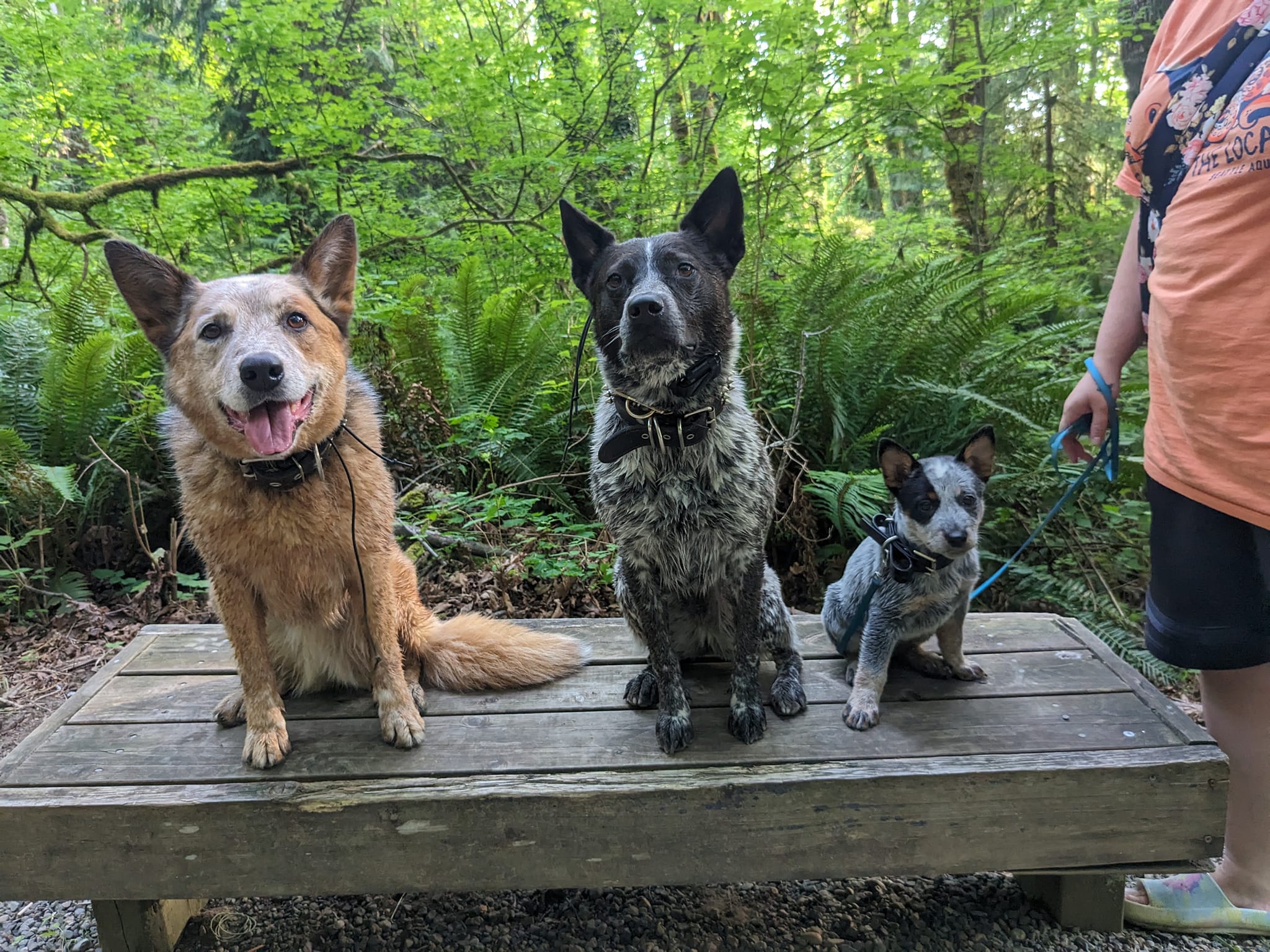
This is a question I get fairly frequently, along with it’s many variants, during my consultations.
“Is my dog old enough for a remote collar?”
“Is it bad to put an e-collar on a puppy?”
“Can I use a remote collar on a dog that is * months old?”
This post sets out to answer these questions. The short answer is that there’s no definitive answer regarding the proper age to start a dog on a remote collar, but most trainers are going to use six months as a guideline. From experience, I’ve found that the ideal time to start is going to be between 6 and 9 months, for the following reasons.
What age do dogs normally start on a remote collar?
The reason I usually start at 6-9 months of age is not that I think any older or younger is incorrect. At the end of the day, every trainer has a different idea of what the ideal age is, and none are inherently wrong; deciding the right age is rather intuitive rather than scientific, in and of itself.
The real reason I use this time frame most often is that this is typically a time when dogs begin pushing boundaries as they start to transition into adulthood, and also begin craving more freedom, which remote collar training then allows them to have.
This is also the age where clients start to become bewildered and their minds begin to open to the idea that whatever they have been doing is not proving effective.
The thing is, most puppies will start off with some training. They’ll go to puppy socials, then move into basic obedience. These classes are often at a big-box pet store that delights at the opportunity to upsell new leashes, treats, harnesses, and other real-life microtransactions. This goes on for some time, and several months later the dog is still having (or has developed even more) considerable behavioral issues.
It’s at around 6-9 months of age that many puppies are entering (or have entered recently) the juvenile phase, bringing with it all the misbehaviors, boundary-pushing, exploring, experimenting, and the irresistible lust for freedom that comes with it. By no coincidence, this is also a time that a puppy’s previously-manageable issues start to worsen despite daily training at-home and regular check-ins with that big-box trainer.
That’s when I’m most frequently contacted for young dogs, and so that’s normally when I start.
However, plenty of dog owners opt to try to ride it out in hopes that their dog’s problematic behaviors disappear on their own, or that their current methods miraculously begin working again once the dog matures and “mellows out.”
This is why I see a lot of dogs closer to about two years of age, when the clients have done the puppy socials, the obedience classes, and then rinsed and repeated on those obedience classes in hopes that the second or third time around will fix the ever-worsening behavior problems they’ve been dealing with for a year or more.
It’s after around a year of this that I see a pattern of dog owners finally coming to the conclusion that obedience classes are not going to fix unwanted behaviors, and that is when they contact a balanced trainer like myself who is more equipped to handle those issues.
Pre-Conditioning for Starting Puppies on the Remote Collar
As a trainer, my personal preference is to begin younger puppies (between 3-6+ months of age, depending on breed, temperament, etc.) on a prong collar, slip lead, or sometimes a starmark collar. I begin using the leash tools such as a prong collar to introduce the idea of pressure and do a lot of what I refer to as pre-conditioning for the remote collar. All the while continuing the food-heavy training the puppy has been working on previously.
I’ll use this time to introduce the concept of pressure, including what it means and how the puppy can make the pressure appear and go away (this concept also needs to be understood for e-collar training!). While I’m introducing this pressure on the prong, the concept will translate to the remote collar after a brief period of conditioning.
The prong will also help set the foundations that the remote collar will later improve upon. It will be used to refine the heel that the puppy has previously learned with food, improve recall, and stop some unwanted behaviors.
Then, when the puppy has the foundations on the prong collar, it’s easy to graduate them into remote collar work and create more reliability, which in turn allows for more freedom.
This is one way to do it, and a method that I’ve used before. That said, it’s not the only way to do things, and, while helpful, a prong collar is not necessary in order to do e-collar training for puppies.
When Can I Start Using an Ecollar at Home?
In general, six months is still a good benchmark to begin training with a quality remote collar, but in this section I’ll detail one additional reason why starting a little bit older may be preferable even when training at home.
When starting at home, especially with young dogs, it’s important to take your time in conditioning the collar properly. Spend a few days setting a good working level, introducing how the remote collar works in low-distraction “sterile” environments, and working on focus before moving in to correcting unwanted behaviors.
Also, don’t slack on the rewards just because you now have a means to follow through on unwanted behaviors (this goes for any dog, not just puppies). Although it’s great to have the reliability, balanced training is about utilizing both reward and correction. Your puppy will still need to get feedback on what you do want.
Lastly, understand the stigma around remote collars. Unfortunately, it’s unavoidable. No matter how much you explain and demonstrate and even put the collars on yourself, someone is going to plug their ears and throw a fit. This is especially true online, as well as when the dog wearing the remote collar is younger and visibly puppy-like, as most dogs still are at 6 months of age.
As a professional, being judged in public is a non-issue. I don’t care about what 20-year-old Karen thinks of me based on her snapshot view of my personal dogs or my board-and-trains. It’s not about Karen, it’s about the dog, so I don’t care. Training hundreds of dogs and watching them flourish is worth way more than Karen’s stink-eye. But that’s a skillset that I’ve built up over years of worrying about being harassed in public.
But to a lot of dog owners, this judgement can actually get in the way of training. If Karen stops you to throw a fit about a remote collar on a younger-looking dog, do you know that you will know how to disengage and handle the situation?
It’s not that starting younger dogs on an e-collar is wrong. In fact, when you take your time, do the proper steps, and go about the training educated on exactly how to do so, remote collar training can be done in a way that is far more gentle and humane than many more socially-acceptable tools, like flat collars, harnesses, and head haltis.
But the truth is that there is a stigma around remote collars that doesn’t exist around these other tools. It may spare you the theatrics to wait a couple more months for your puppy to physically mature a bit, or to exclusively use the e-collar in sessions within the privacy of your own home until that point. This is not a rule, simply a factor to consider when making the decision for yourself.
At the end of the day, there are some great guidelines, but really no “right” answer. Find a path that works best for your abilities and your dog’s needs, and when in doubt it’s always a good idea to consult with an experienced e-collar trainer like ourselves at Dedication Dog Training. If you’re at all unsure, take advantage of our free consultations and get the answers you need to get started.

